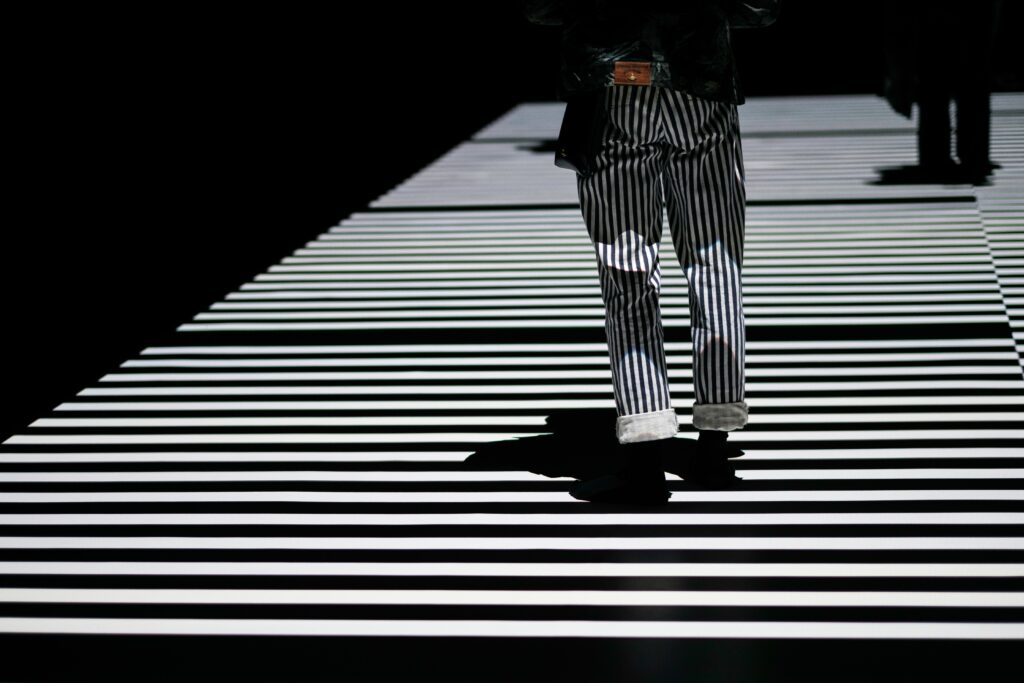Graffiti adds a touch of the unconventional to cityscapes and is undoubtedly a fantastic subject for photography. It's not normally hard to find graffiti – the best areas are normally a little off the beaten track, rundown areas of the city, docklands, warehouses and similar.
If you are struggling to find locations to shoot graffiti then try using Flickr for inspiration. Individual graffiti artists sometimes have their own accounts. Try asking local photographers that have posted graffiti shots or post a question asking about graffiti on the groups that relate to your city.

When searching for graffiti, always bear in mind your personal safety. If you're thinking about exploring one of the rougher areas of town or an empty warehouse, consider going with a friend and try to keep a low profile and not flash expensive camera equipment about. Consider using a normal bag rather than an obvious camera bag to carry your kit.
When you've found graffiti you'd like to shoot, there are a few details to consider.
How to Get the Best Light for Graffiti
Think about what time of day will be best to photograph the graffiti. Is direct sunlight going to show the graffiti well or would the shot benefit from shadows? Use an application such as the The Photographers Ephemeris to determine when the light will be right for the shot in mind.

It's also important to remember that graffiti is a fleeting art – the owner of the wall may object to having graffiti on it and paint over it or another graffiti artist may choose to ‘add' to the work.
Infamous graffiti artist Banksy added a new work in a local car park but before I could get a shot of it, a reference to his feud with fellow artist Robbo had been added.

One of my favourite artists is Belfast based Psychonautes – this piece was added to before I got to shoot it.

How Does Size Affect Context?
Consider the size of the graffiti – smaller pieces may benefit from including some context, using a wider angle lens to show where the piece is located. This piece was only a few inches high and was almost hidden behind some weeds.

Other graffiti might suit a closer shot – use this to show detail in the graffiti. I wanted to show the texture of the wall and the fine work in this piece.

A narrow depth of field can be used to highlight certain parts of the graffiti – narrow depth of field was used to make the low-rider jump out of this shot.

Consider using people in your shot – people can add a sense of scale, add contrast or add a story telling element to your shot. In the shot below I'd found the “Make This Your Home” graffiti but felt that the scene was lacking something until the old man shuffled past.

Some Notes on Post Processing
In terms of post processing, I use HDR a lot when shooting graffiti – HDR can engender quite divisive opinions from photographers, it's a much loved or hated technique but I find it well suited to shooting graffiti. HDR allows you bring out detail in shots that would be missed when using only one exposure, such as textures and shadows.
These are just a few hints I've picked up while shooting graffiti – if you have any to share, please leave a comment below.
See more graffiti photos on Flickr.






7 Comments
Agree with EVRRYTHING you say here about shooting graffiti including the post processing with hdr and other boosts. Check out some of my latest graf shots undrr the graffiti tab on my website.
I think this is a genuine art form and should be portrayed as such.
AMBRweb.jpg by Graham McMullen on Light Stalking
LFCweb.jpg by Graham McMullen on Light Stalking
Hi Graham – nice shots! Is there much graffiti in Newcastle? Been years since I’ve been up there, some of my first shots when I started in photography are from the riverfront in Newcastle, really need to get back there.
I am always hunting for good graffiti shots and have taken some interesting ones. As suggested, I have roamed back alleys, side streets and old warehouses but have also found good subjects right on the main roads.
Hi Gerry – good point. I think it’s important basically to just keep an eye out, graffiti can be found everywhere.
Go to Melbourne! A lot of stunning graffiti!
Is not photographing graffiti specifically photographing someone else’s art?
I suppose the aim is to portray it in a different way… wider angle?… use people?… multiple imagesetc